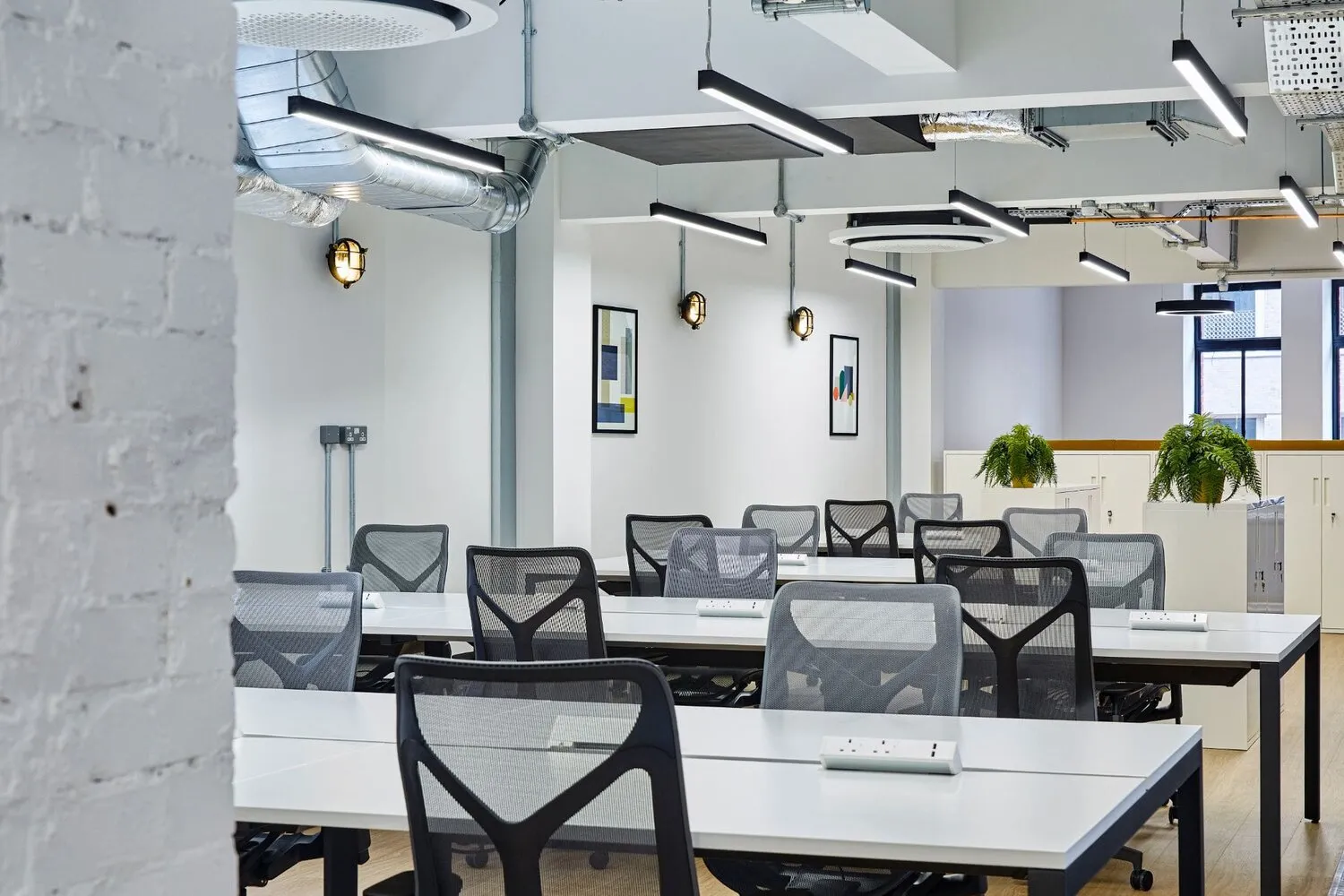
Top 15 Office Lighting Manufacturers In The World
Discover top global office lighting manufacturers enhancing work environments with innovative, energy-efficient solutions for productivity and comfort.
Ever glanced around your room and thought, “Hm, something’s missing?” Well, often what’s missing is a splash of light—a designer’s secret weapon. That’s where LED strip lighting strides in, not just as illumination, but as a transformative design tool.
Picture this: a flexible circuit board populated with LEDs that you can stick just about anywhere you’d like a dash of radiance. That’s LED strip lighting for you. It’s like having a magic ribbon that glows, ready to morph your space with the flick of a switch.
Now, why are designers all over these like moths to a flame? It’s because they pack a punch for mood setting, play a starring role in highlighting architectural details, and come in a kaleidoscope of colors. In the hands of a creative, LED strips can be the paintbrush for modern interiors.
Stick with me, and I’ll guide you through the hows and whys of using LED strips to elevate your space. We’re going to explore their versatility, design principles, and the tips and tricks to make them shine. Ready to light up your design ideas? Let’s get glowing!
LED strips are the unsung heroes of lighting design, flexible enough to fit into the tightest corners yet brilliant enough to illuminate a room. Here’s the lowdown on these versatile light fixtures.
Think of LED strips as the LEGO bricks of the lighting world; they’re small and powerful, and you can build just about anything with them. They consist of small light-emitting diodes evenly spaced on a flexible circuit board that can be cut to any size and stuck in place with adhesive backing.
Diving into the types, we have a range to choose from—single-color strips for a subtle look, RGB (Red, Green, Blue) strips for color-changing vibes, and even RGBW (the W stands for White) for an extra layer of light control.
From the warm golden hues that mimic the evening sun to the cool blues that echo daylight, LED strips come in various color temperatures. Brightness levels, measured in lumens, can also vary—ensuring you have the right intensity for the task at hand.
Finally, let’s talk about safety and longevity. LED strips come with IP ratings—this tells you how well they stand up to elements like dust and water. An IP65 rating, for instance, means your LED strip is dust-tight and can handle a few splashes, making it perfect for kitchens and bathrooms.
LED strips aren’t just about illumination; they’re a pivotal design element that can transform the feel of a space. Let’s explore how they merge with design principles to create magic.
Lighting can alter our perception of space. LED strips, with their slim profile, can highlight architectural features, outline spaces, and even make a room feel larger or cozier depending on their placement and brightness.
Color temperature isn’t just a number; it’s a character trait of light. Warm whites can create a relaxing ambiance, mimicking the serene glow of a sunset, while cool whites invigorate and simulate the crispness of daylight. LED strips can help set the mood, whether you’re chilling out or getting work done.
Whether you’re channeling minimalist chic, industrial cool, or rustic charm, LED strips are chameleons. They can underscore the sleek lines of modern furniture, add a glow to the raw textures of an industrial loft, or bring a cozy warmth to traditional woodwork. With LED strips, your design style gets a bright companion that adapts and accentuates.
LED strips offer a playground for creativity, bringing forth innovative ways to accentuate interiors. Here’s how you can apply them to enhance your space’s aesthetic and functional qualities.
Architectural details can be transformed into standout features with the strategic placement of LED strips. Imagine cove lighting that adds a floating effect to ceilings or baseboard lighting that guides through hallways – these are just the beginnings of LED-induced enchantment.
Use LED strips to trick the eye and reshape a room’s dimensions. Vertical strips can draw the eye upward, giving a sense of increased height, while horizontal lines can expand the perceived width of a space, making it feel larger and more open.
Art isn’t just to be seen; it’s to be showcased. LED strips can provide the perfect spotlight for your prized pieces, ensuring they command the attention they deserve. Similarly, use them to light up alcoves, niches, or shelves to create focal points that anchor the room’s decor.
Proper installation is crucial for the optimal performance of LED strips. These tips and tricks will help ensure that your LED aydınlatma not only looks professional but also operates safely and efficiently.
Before you even peel off the adhesive backing, ensuring your surface is clean, dry, and smooth is essential. Any dust or moisture can prevent proper adhesion, so give the area a thorough wipe-down.
Understanding the electrical requirements is key. You’ll need to ensure that your LED strips are compatible with your home’s voltage and that you have the right power supply. It’s often best to consult with a professional electrician to handle the wiring, especially for complex installations.
The placement of LED strips can dramatically affect the ambiance of a room. Consider natural light sources, the room’s layout, and the direction you want the light to cast. For task lighting, position strips where they’ll provide clear, direct light. For mood lighting, indirect lighting that bounces off walls or ceilings may be more appropriate.
Modern LED strips often come with dimming capabilities, allowing you to adjust the intensity of the light to suit different times of the day or various activities. Smart LED strips can be controlled via apps, remote controls, or even voice commands, offering ultimate flexibility in creating the perfect atmosphere for any occasion.
LED strip lighting offers a versatile solution for interior design, but certain challenges can arise when working with unique room features or specific aesthetic goals. Here’s how to address some common issues.
Corners and curves can be tricky when it comes to LED strips. For corners, use connectors designed for LED strips that can navigate the angle without bending the strip itself. For curves, look for flexible LED strip options that can bend without causing damage to the diodes.
To avoid hotspots or uneven lighting, it’s important to choose the right density of LED strip and to install it at a proper distance from the diffuser or the surface you’re illuminating. Additionally, using aluminum profiles can help to disperse light more evenly.
Placement is key to achieving the desired effect with LED strips. Avoid placing strips too close to transparent or reflective surfaces to prevent glare. Be mindful of the color and material of the surface you’re mounting on, as these can significantly affect the light’s appearance. Finally, always consider the viewing angle to ensure the LED strips themselves are not visible, which can detract from the sleek, clean look that is often desired.
Incorporating LED strips into various settings not only enhances aesthetics but also adds functionality. Here’s how these applications differ across residential and commercial environments, as well as some creative uses.
In the residential context, LED strips can serve multiple purposes. In kitchens, they are perfect for under-cabinet lighting, providing task lighting and warmth. Living rooms benefit from the ambient lighting behind TVs or shelves, while in bedrooms, they can be used for accent lighting or as a nightlight when placed under beds or along baseboards.
For commercial spaces, LED strips can be used to highlight products in retail or to create an inviting atmosphere in offices. They offer an energy-efficient solution for display lighting or to provide consistent overhead lighting that can reduce eye strain and improve productivity.
LED strips aren’t limited to traditional applications. They can be integrated into furniture design, used to create interactive art installations, or even in outdoor settings to enhance landscaping. Innovatively using LED strips can lead to unique and personalized spaces that stand out.
LED strips are praised for their long lifespan and low maintenance, but to ensure their longevity, a few care tips should be observed.
Dust and grime can accumulate on LED strips over time, affecting their brightness and color. Regular gentle cleaning with a dry cloth can maintain their appearance and functionality. For LED strips in the kitchen or other areas prone to grease, a damp cloth with a mild cleaner may be necessary.
LED strips are designed to last for thousands of hours, with many models rated for up to 50,000 hours of use. However, their longevity can be affected by factors such as heat, humidity, and voltage fluctuations. Choosing high-quality strips with appropriate IP ratings for the environment they’ll be used in is crucial for durability.
While LEDs rarely burn out suddenly, they do dim over time. When the light output decreases significantly or if the strip shows signs of damage or consistent malfunctioning, it’s time to consider replacement. It’s also an opportunity to upgrade to newer technology with better efficiency and lighting options.
The trajectory of LED strip technology is not just bright; it’s innovative. Let’s illuminate the possibilities that lie ahead.
Ongoing improvements in LED teknolojisi continue to enhance efficiency, color rendering, and the variety of available hues. Smart LED strips that can be controlled via smartphone apps or voice assistants are becoming commonplace, and advancements in materials are leading to even more flexible and cuttable options, making LED strips suitable for a wider range of applications.
Designers are increasingly integrating LED strips in smart home systems for a seamless aesthetic and functional experience. Biophilic design trends, where nature and technology blend, are being supported by LED advancements, allowing for more organic lighting solutions that can mimic natural light cycles, promoting well-being.
Sustainability is a growing focus in all areas of design, and LED lighting is at the forefront. LEDs are inherently more energy-efficient than traditional lighting, and their longevity reduces waste. Future designs will likely emphasize the eco-friendly aspect of LED strips, utilizing materials and manufacturing processes that are as kind to the planet as the light is to our eyes.
LED strips offer versatility, energy efficiency, and a long lifespan. They provide a wide range of colors and brightness levels, which can enhance the mood and aesthetic of any space. Plus, they are flexible, allowing for creative applications that traditional lighting can’t achieve.
The choice of color temperature depends on the desired atmosphere. Warm whites (2700K-3000K) are ideal for cozy, relaxing settings like living rooms or bedrooms, while cool whites (3500K-5000K) are better for task-oriented spaces like kitchens or offices.
While LED strips can provide significant illumination, they are often used in conjunction with other lighting sources to achieve the best effect. They are excellent for accent lighting, highlighting features, or creating ambiance but may need to be supplemented with additional lighting for full-room illumination.
Yes, but make sure the LED strips you select are rated for outdoor use. Look for higher IP ratings (IP65 or above), which indicate resistance to moisture and dust.
For corners, you can use connectors designed for LED strips or cut the strips (if they are designed to be cut) and solder wire between the pieces to maintain the circuit. For curves, flexible LED strip variants can bend around gentle curves without the need for cutting.
Flickering can often be caused by a poor power connection or an incompatible power supply. Ensure all connections are secure and use a power supply that matches the voltage and current requirements of your LED strip.
LED strips typically have a long lifespan, often around 25,000 to 50,000 hours. They can be replaced if they start to dim or fail. Many LED strips come with adhesive backing for easy installation, and some can be connected to new strips if you need to replace a section.
Yes, LED strips are more energy-efficient than traditional incandescent or halojen ışıklar, which means they consume less electricity for the same level of brightness, leading to lower energy bills.
Standard switches can turn LED strips on and off, but if you want to dim them, make sure you use a dimmer that is compatible with the type of LED strip you are installing to avoid any issues with functionality.
LED strips are safe to leave on all night as they produce minimal heat. However, it is still advisable to turn them off when not needed to conserve energy. Some LED strips also come with timers or smart controls that can be programmed to turn off automatically.
LED strip lighting has undeniably revolutionized the way we think about and implement lighting in design. These versatile strips have provided designers with the tools to transform ordinary spaces into visually stunning environments. They can be discreetly placed to highlight architectural features, create ambiance with varied color temperatures, and even serve as the centerpiece in creative installations. The ability to integrate light seamlessly into any design element without the restrictions of traditional lighting fixtures unlocks endless possibilities.
As we look to the future of interior design, the integration of LED strip lighting stands out as a sustainable, innovative, and adaptable solution that responds to the evolving needs of both residential and commercial spaces. Whether it’s enhancing the comfort of a home or reinforcing a brand’s presence in a retail environment, LED strips offer an energy-efficient, cost-effective, and aesthetically pleasing option. For those considering their next design project, incorporating LED strips is not just about following a trend; it’s about making a smart, forward-thinking choice that will illuminate spaces in a way that’s both beautiful and functional.
Stepping into the world of LED strip lighting opens up a realm of creative possibilities that can elevate any interior to new heights. We invite you to explore this innovative lighting option, experimenting with its versatility and diverse applications to reimagine your space. Whether you’re looking to create a warm, inviting atmosphere in your home or a dynamic, eye-catching display in a commercial setting, LED strips offer the flexibility and ease to bring your vision to life.
If the transformative potential of LED strips has sparked your imagination but you’re unsure where to start, we’re here to help. Our team offers personalized consultations to guide you through the selection, installation, and customization of LED strip lighting for your unique space. Whether you need advice on the best products, design tips, or technical support, we’re dedicated to helping you achieve the perfect lighting solution that reflects your style and meets your needs. Reach out today to begin your journey toward a brighter, more stylish tomorrow with LED strips.

Discover top global office lighting manufacturers enhancing work environments with innovative, energy-efficient solutions for productivity and comfort.
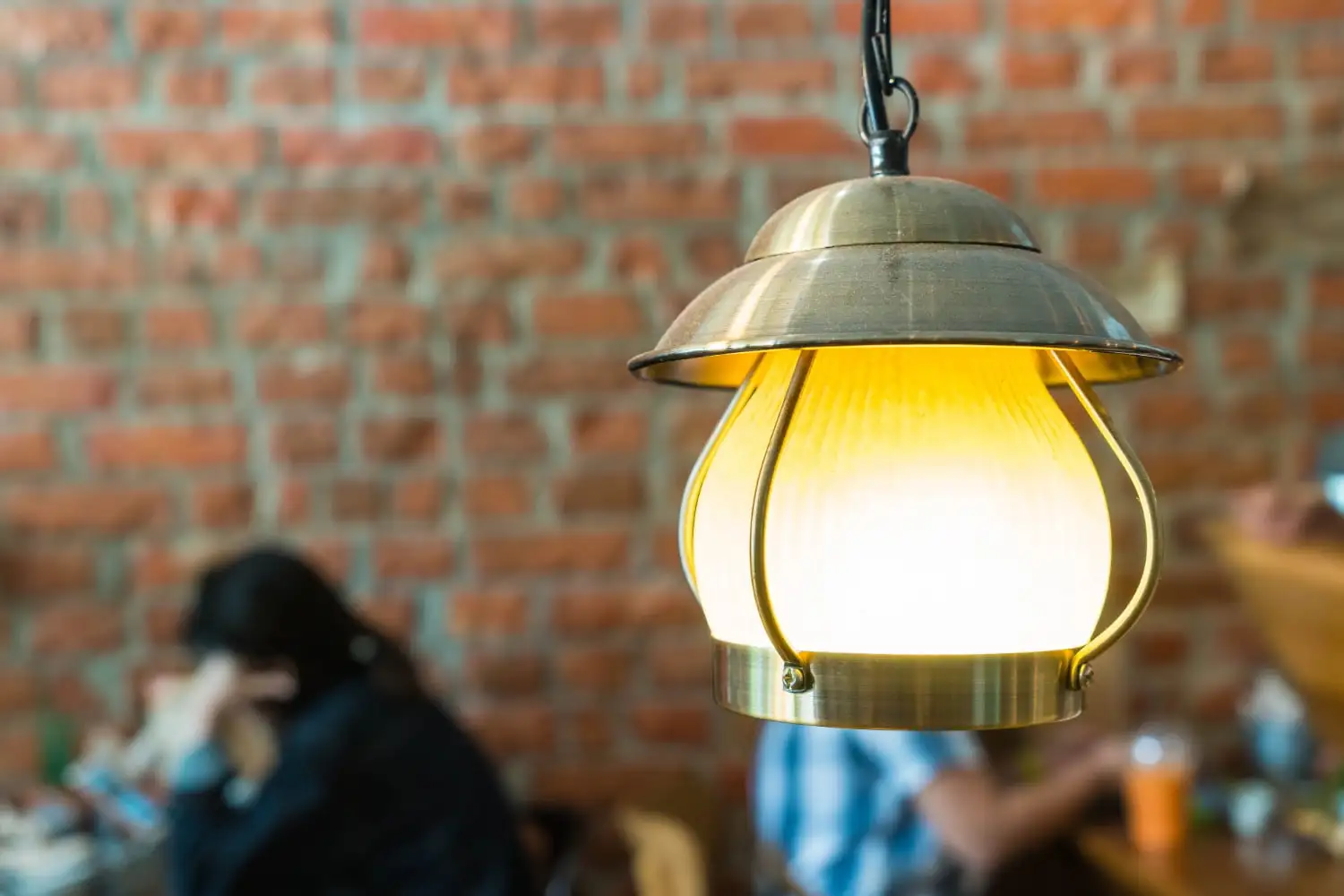
Explore the essential certifications for LED lights that ensure safety, performance, and compliance in various global markets. Learn about UL,
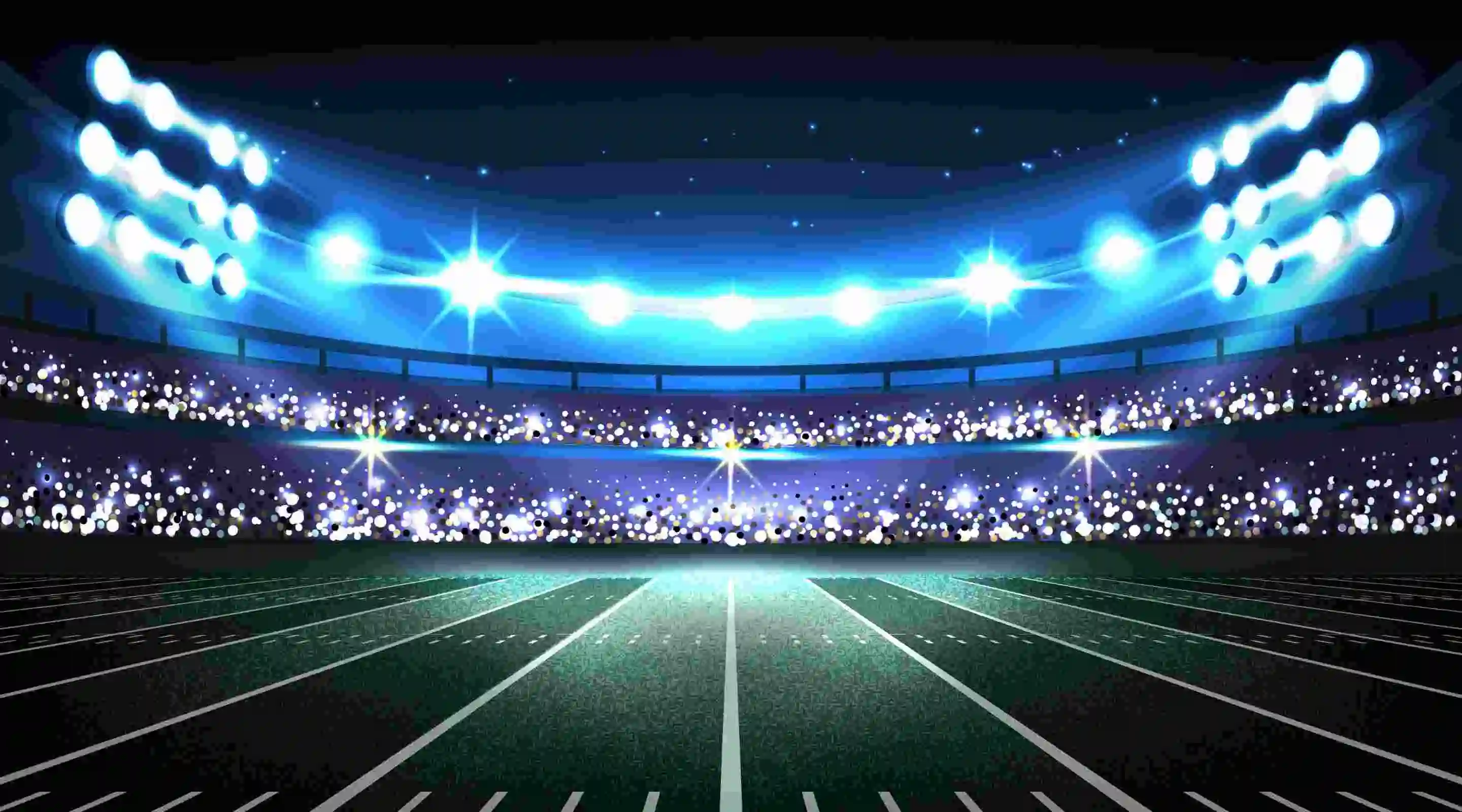
Explore top sports lighting manufacturers enhancing athletic performance and spectator experience with advanced, durable LED ways for various sports venues.
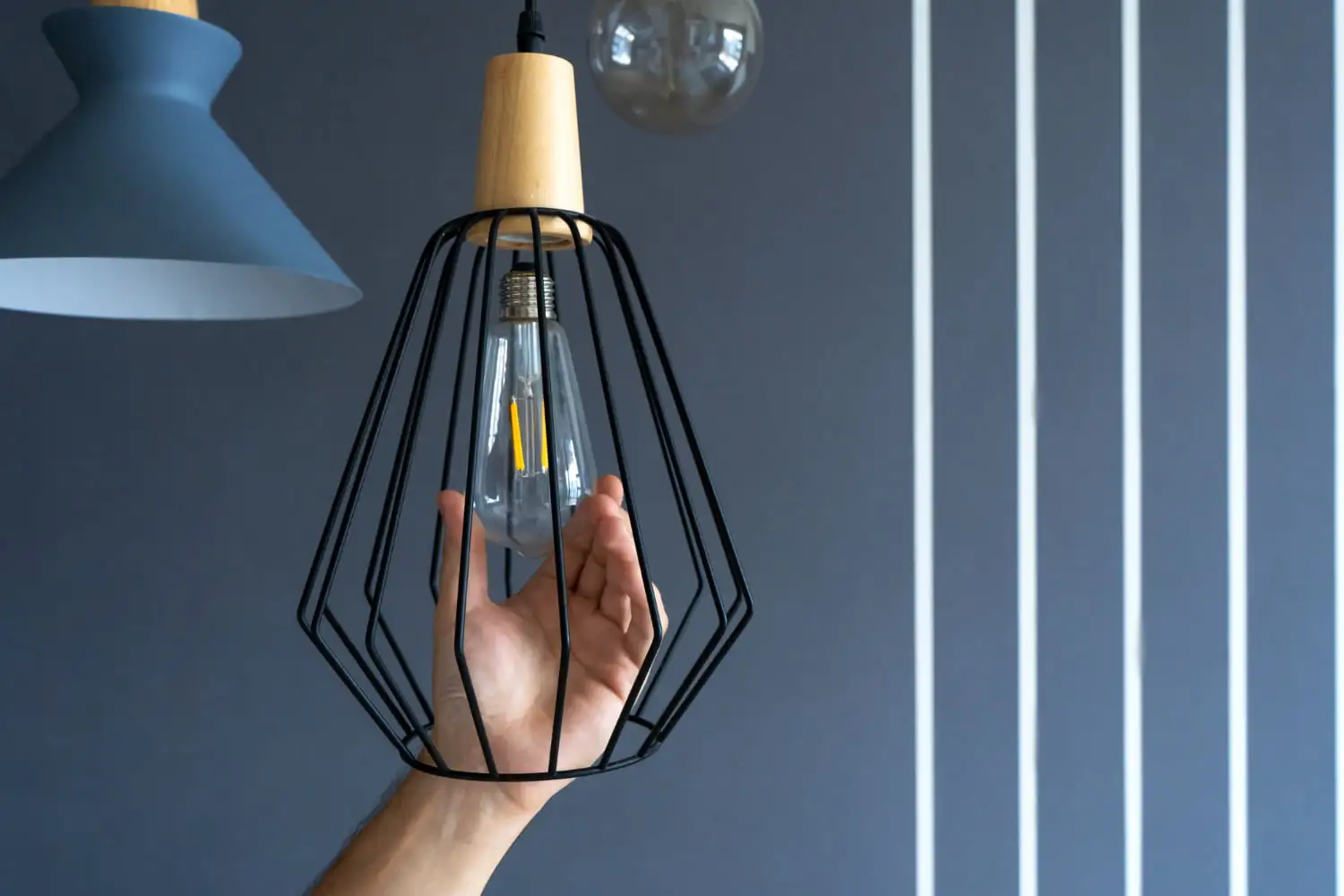
Learn how to change a light fixture with Vorlane’s guide. Discover necessary tools, safety tips, and step-by-step instructions for secure
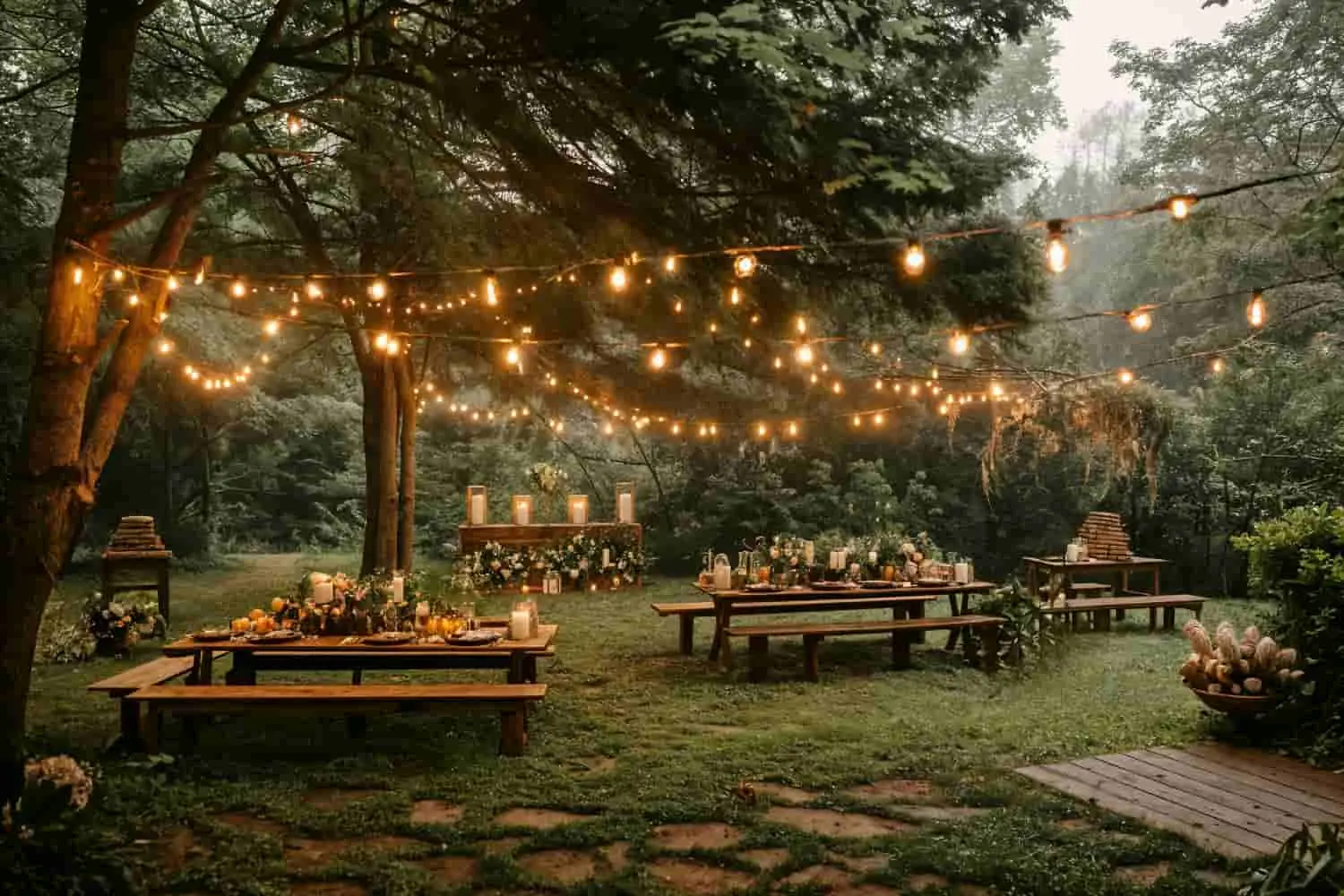
Explore Vorlane’s range of garden LED lights, including pathway, spotlights, string, solar-powered, flood, decorative, and underwater lights.
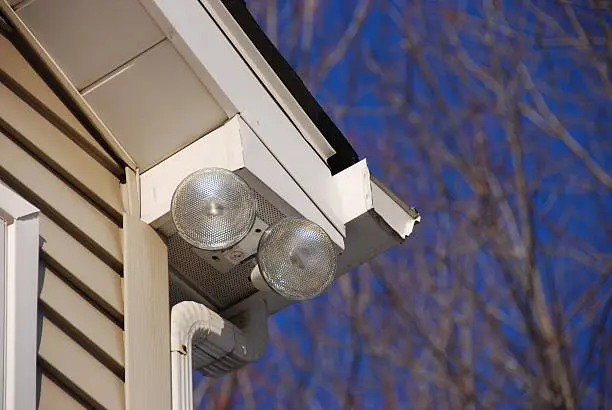
Explore the benefits and applications of floodlights in various industries, including sports, construction, and public spaces.
En son ürün duyurularını ve tekliflerini almak için kaydolun.
*Gizliliğinize saygı duyuyoruz ve tüm bilgileriniz korunmaktadır.


 | Bu LED Sektörü Araştırma Raporu 10.000 Dolar Değerinde!LED iş planlamanızı desteklemek için güvenilir sektör verileri mi almak istiyorsunuz? Bu raporda şunları yapacaksınız:
*Bu dosyayı indirmek için e-postanızı gönderin. Kişisel bilgileriniz 3. parti kişi veya kuruluşlarla paylaşılmayacaktır. |
Bize WhatsApp


*Gizliliğinize saygı duyuyoruz ve tüm bilgileriniz korunmaktadır.
